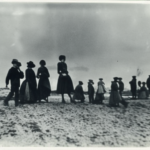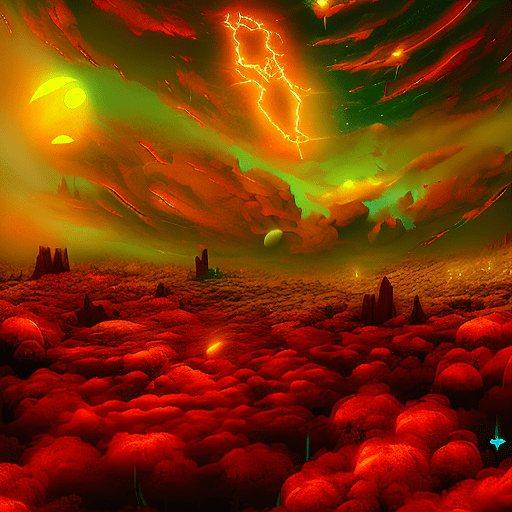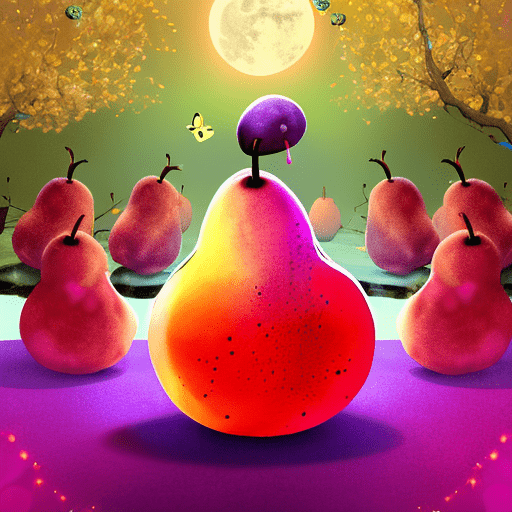One-line Summary:
In “Peony in Love,” Lisa See weaves a captivating tale of love, loss, and the power of storytelling in 17th-century China.
The Journey of Peony:
“Peony in Love” follows the life of Peony, a young Chinese woman living during the 17th century Ming Dynasty. Peony is a privileged daughter of a wealthy family, but her life takes an unexpected turn when she attends a performance of “The Peony Pavilion,” a famous opera. Deeply moved by the story, Peony becomes obsessed with the opera and falls in love with its author, Yuan Zhongshi.
As Peony’s infatuation grows, she begins to neglect her own life and responsibilities. She spends her days writing poetry and practicing calligraphy, longing for a chance encounter with Yuan Zhongshi. However, her dreams are shattered when she learns that Yuan has already married another woman.
Love Beyond Death:
Heartbroken, Peony’s health rapidly deteriorates, and she dies at a young age. But death does not mark the end of her story. Peony’s spirit becomes a “hungry ghost,” trapped between the realms of the living and the dead. In this liminal state, she discovers the power of storytelling and the ability to communicate with the living through mediums.
Through her interactions with mediums, Peony learns about the practice of “wenming,” a tradition where women express their thoughts and emotions through writing. She also discovers the secret language of women, “nu shu,” which allows them to communicate with each other in a society dominated by men.
The Power of Storytelling:
Peony’s spirit becomes determined to share her own story and the stories of other women who have been silenced. She inspires the creation of “The Three Wives’ Commentary,” a book that captures the experiences and emotions of women throughout history. This book becomes a symbol of empowerment for women, challenging the societal norms that restrict their voices.
As Peony’s spirit continues to navigate the world of the living, she encounters a young woman named Ji-Lin. Through Ji-Lin, Peony finds a way to reconcile her past and present, ultimately finding peace and closure.
Key Takeaways:
- The power of love and its ability to both inspire and consume.
- The importance of storytelling as a means of self-expression and empowerment.
- The resilience of women in the face of societal constraints.
- The exploration of life, death, and the afterlife in Chinese culture.
“To be a woman is to be a ghost. Even when she is alive, she is often treated as if she were dead.”
Lisa See’s “Peony in Love” takes readers on a captivating journey through 17th-century China, exploring themes of love, loss, and the power of storytelling. Through the character of Peony, the novel delves into the struggles and triumphs of women in a society that seeks to silence them. The book highlights the importance of self-expression and the resilience of women in the face of societal constraints. Ultimately, “Peony in Love” reminds us of the enduring power of love and the ability of stories to transcend time and connect us across generations.












